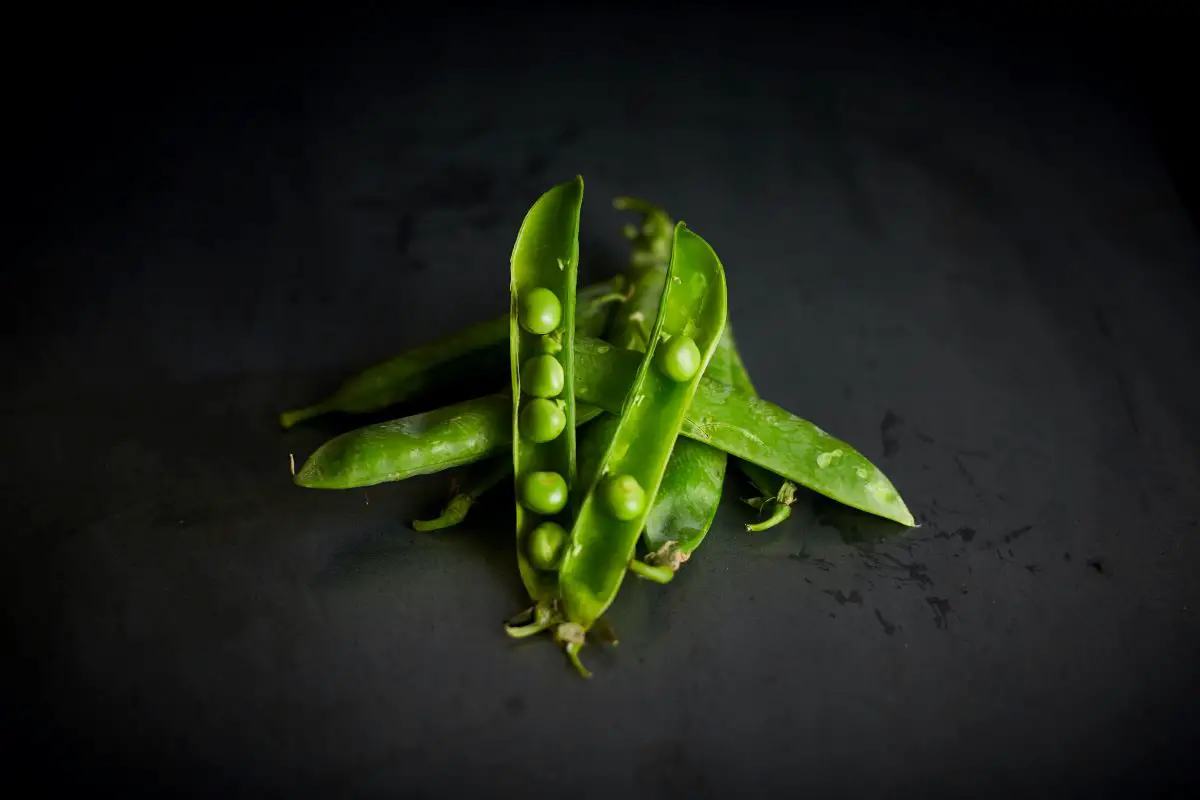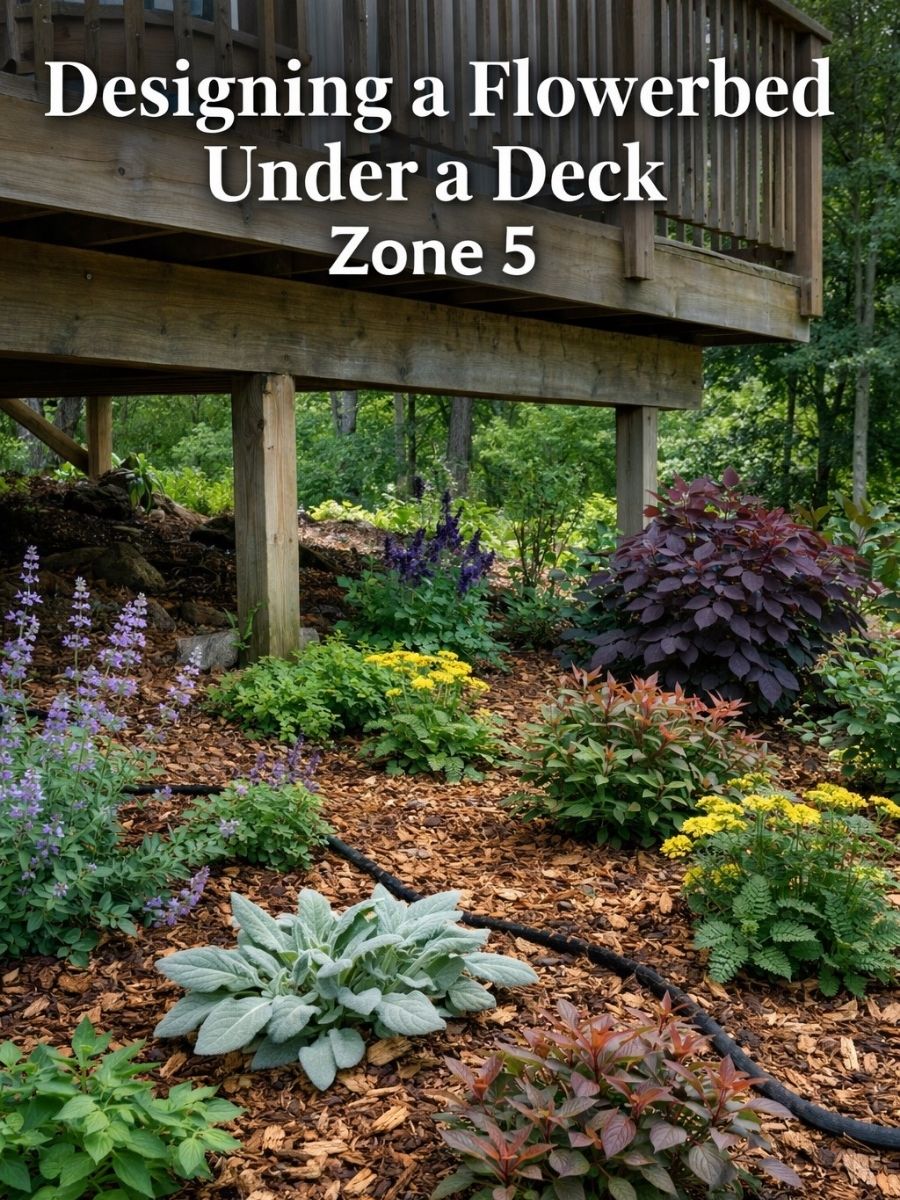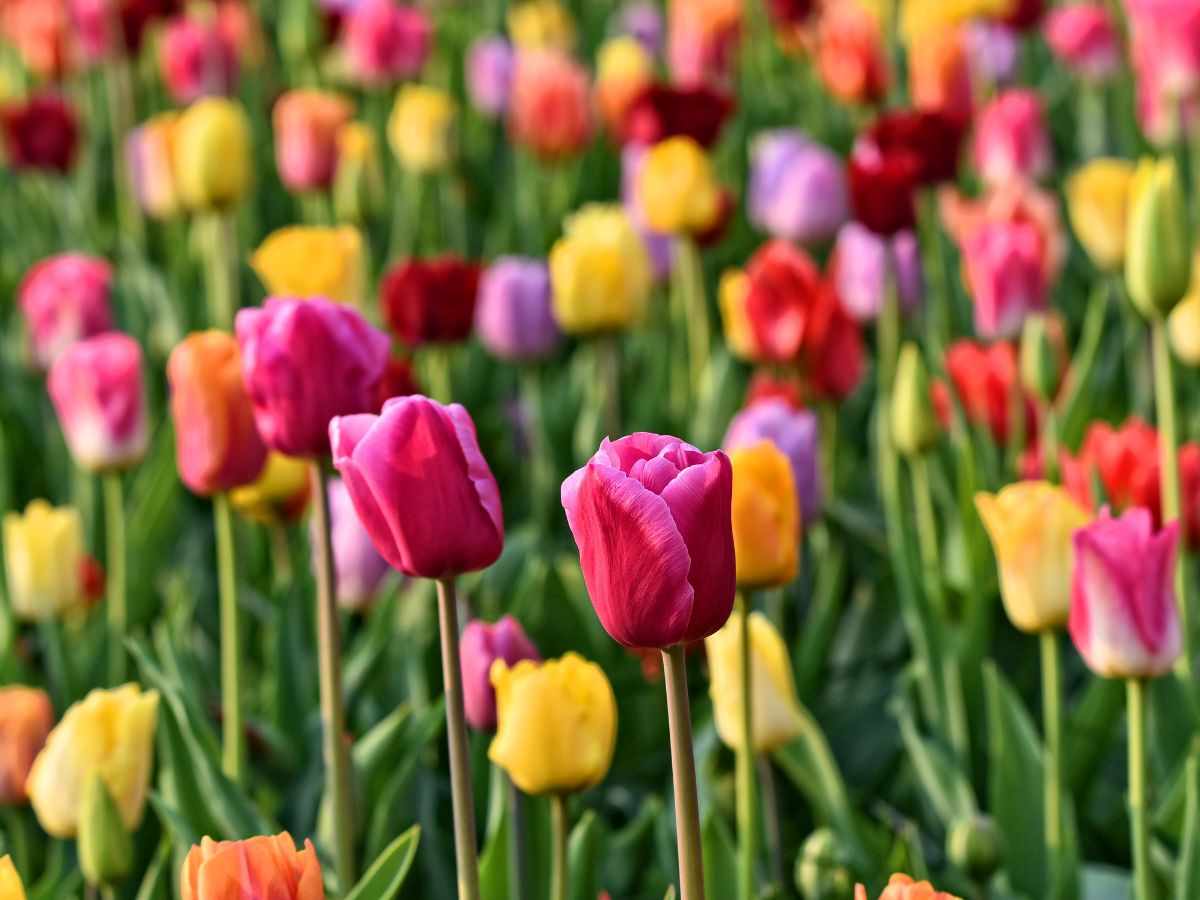This is a step by step guide for how to grow sugar snap peas. Sugar snap peas are one of the easiest and earliest producing crops that you can have in your garden. There is nothing better than snacking on fresh, sweet, crunchy vegetables as you walk around your garden.
Disclosure: This post contains affiliate links. As an Amazon Associate I earn from qualifying purchases.
Do Snap Peas Need Full Sun
The ideal planting condition for sugar snap peas is in full sun. The plants require at least 6 to 8 hours of sunlight. Sunlight helps plant photosynthesis.
Photosynthesis is when plants absorb sunlight, carbon dioxide, and water, to create energy in the form of sugar and generate oxygen as a byproduct.
So the short answer is yes; however, sugar snap peas can tolerate some hot afternoon shade during the heat of the summer.
What Month Do You Plant Sugar Snap Peas
You can start planting sugar snap peas as soon as the soil is workable. The peas will germinate at temperatures between 40 to 70 F.
Peas prefer cool weather. So the earlier you plant them, the better. They can tolerate frost of up to 28 degrees F. If lower temperatures are expected, cover your pea plants with a frost cover to protect them from hard frost.
When sugar snap peas are exposed to cool temperatures, the peas develop a sweeter flavor, and are extra juicy and crunchy. Yum! They really are one of my favorite spring and fall crops.
If you’re spring tends to be super short, you can start growing the peas in mid to late August for a fall harvest.
How Deep Should Sugar Snap Peas be Planted
Plant sugar snap peas about 1 inch deep. My favorite way of planting them is by making a long trench using the back end of a garden hoe, and placing the peas into the trench.
You can space sugar snap peas about 1 to 2 inches apart from each other since the plants grow long and narrow.
Do Sugar Snap Peas Need to Climb
Most sugar snap peas are climbing plants, unless they are a bush variety. Sugar snap peas can reach up to 8 feet tall in ideal growing conditions. So the short answer to this is yes, sugar snap peas absolutely need to climb.
However, I’ll admit that in previous years, I just planted my sugar snap peas at the edge of my raised beds and let them hang off the side because I didn’t have any supporting structure. The plants didn’t grow super tall, but they produced a lot for us.

Do Sugar Snap Peas Need a Trellis?
Sugar snap peas can climb up to 8 feet tall. without a supporting structure, they flop over, or try to climb on to anything that is around them including other sugar snap peas. In order to keep your plants healthy and allow them to produce better, a trellis is a must.
A bamboo trellis is what I am using this year to grow my peas on. You can also use a heavy duty polyester trellis by connecting it to some stakes, or creating a wooden frame for it.
Another way I am growing my peas this year is over a cattle panel arched trellis. We have a video on how to make your own cattle panel arched trellis on our YouTube Channel. You can check that out to see how you can make your own.
To make an arched trellis, you will also need some T-posts, T-Post driver, metal wires, metal sheers, and plyers.
How Long Does it Take for Sugar Snap Peas to Grow?
Depending on the variety, sugar snap peas can take between 2 to 3 months from direct sowing to harvest.
You might be able to get an earlier harvest if you plant your seeds indoors under grow lights to be ready for planting in early to mid spring. Keeping in mind that peas can tolerate freezing temperatures of up to 28 f.
If temperatures drop below 28 F, cover your plants with a frost cover to prevent any damage.
If you are planning on starting your sugar snap peas indoor, this article will show you how to start seeds indoor successfully.

How Many Snap Peas Does One Plant Produce?
One single pea plant can produce between 40 to 50 pods. You might be able to increase this amount slightly by fertilizing the plant at planting time and mid season, or right after the first harvest.
You can also provide your plants with some afternoon shade, and ample water during the hot summer season if you are planning on extending their season.
Do Snap Peas Produce All Summer?
Once the heat of the summer arrives, pea plants usually tend to fizzle out. They crisp up, and stop producing all together at temperatures of 80 degrees and above.
Any peas produced during hot weather will usually have a bitter taste and not much crunch.
You can provide the plants with plenty of water, and some afternoon shade as soon as temperatures go above 75 F if you plan on extending the harvest season.
Giving the plants a second dose of fertilizer, while also providing them with some afternoon shade, can help them produce some more peas for you.
While you’re here, you also might want to check out How To Have A Weed Free Garden.
Do Sugar Snap Peas Have Deep Roots?
Sugar snap pea roots, along with most legumes, have shallow roots. So keeping the top soil moist is vital in order to keep your pea plants healthy and continue producing.
If you are planting peas and legumes for the nitrogen benefit that they provide to your soil, you need to cut the plants at the base before they start producing. You can use the tops of the plant in your compost pile, or till them back into the soil.
What Can I Plant Next to Sugar Snap Peas?
Radishes, beats, spinach, lettuce, and all the cool weather plants are ideal for planting next to your peas. You can also plant some marigolds at the base of your sugar snap peas right after your last frost date.
Marigolds work great in repelling insects because of the scent they put off into the air.

Can Sugar Snap Peas Grow in Pots?
Sugar snap peas are ideal for growing in pots because they take up very little space. When planting them in pots, make sure to provide them with some support to allow them to climb up.
Planting peas in pots is great for small space gardens and patio gardens.
Another advantage to planting them in pots is that you can easily move them to a shadier spot when the weather starts to warm up.
You can fertilize your potted peas with an organic fertilizer, on a weekly basis, to keep them producing.

More Gardening and Recipe Related Topics
Disclosure: Some of the links in this post are “affiliate links”. This means if you click on a link and purchase the item, I will get an affiliate commission. It will not cost you any extra money, but it will help me pay for this website, and it will help me to keep providing you with helpful articles such as this one. I only post links to products that I personally use and love, or to products that I wish I could have, and that could be of value to you. The information that I provide you with, my blog, videos, and many resources are free.





Be the first to reply